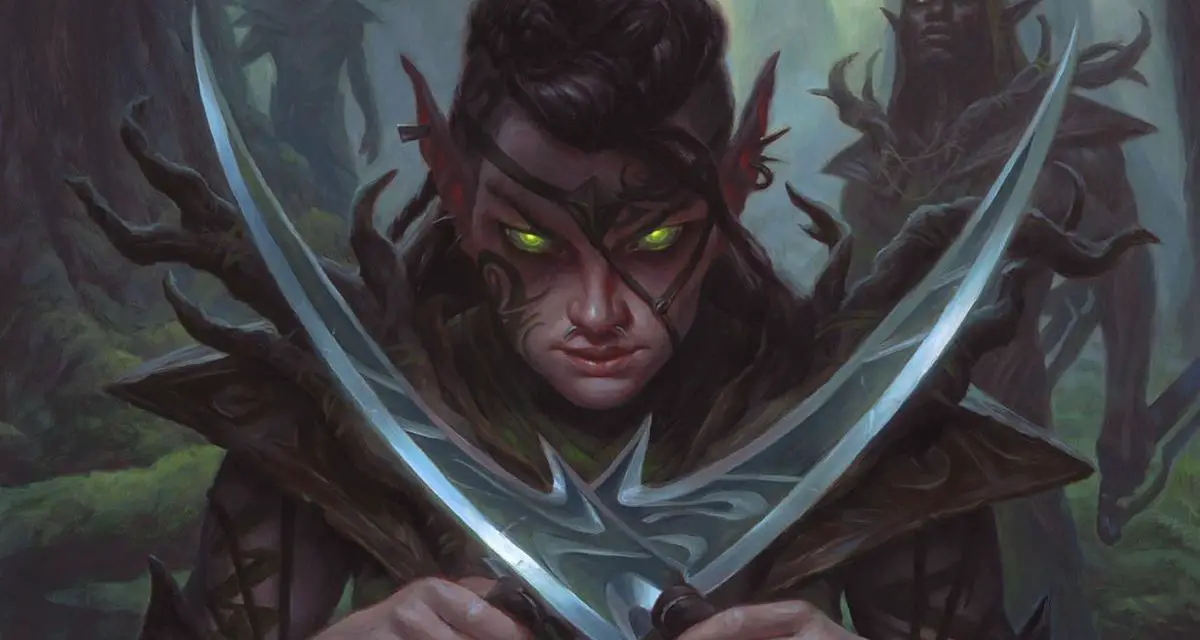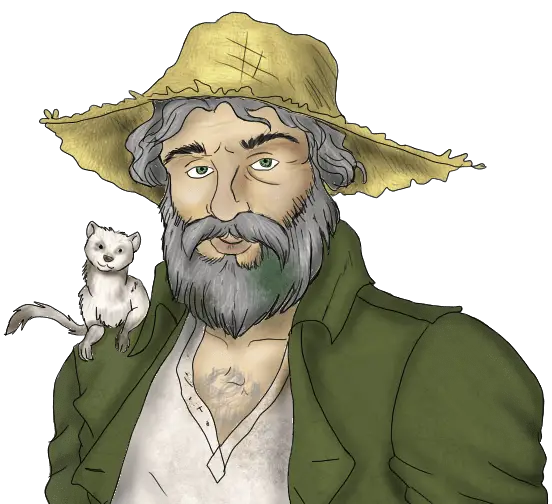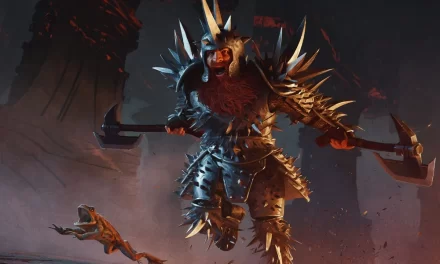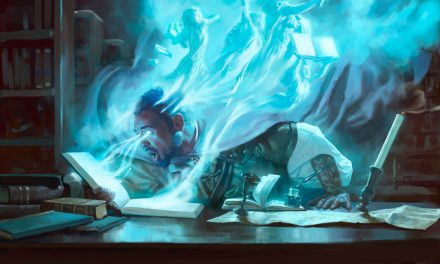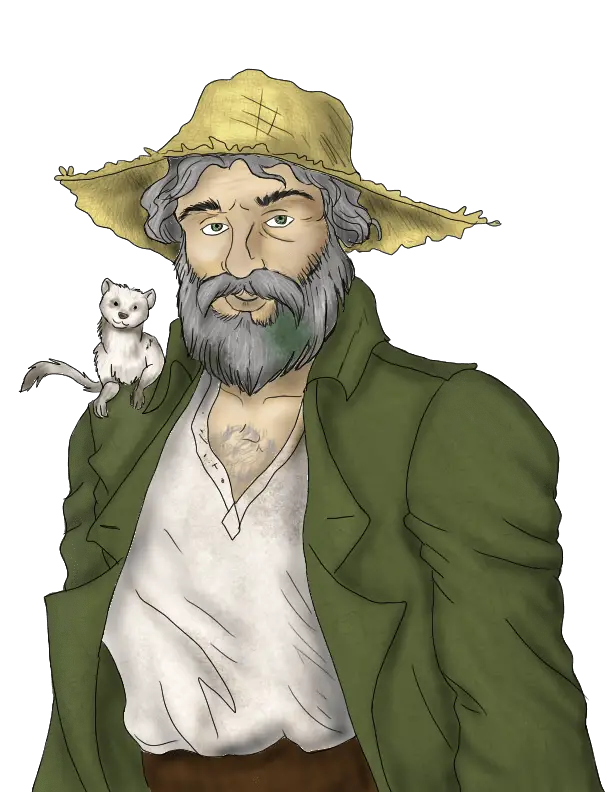The Scout Rogue in D&D 5e stands out as a quick-moving combatant that can serve as the party’s eyes and ears. Recon, survivalism, and ambushing foes are all in a day’s work for these characters!
With a great deal of emphasis on exploration, combat tactics, and mobility, the Scout fills a very important role in most parties!
This guide will discuss the Scout in D&D 5e and how their playstyle and abilities work.
So ready that bow and roll for initiative as we dive right in!
What is the Scout Rogue in D&D 5e?
The Scout Rogue puts a heavy focus on being both stealthy and fast, with just the right blend of natural outdoor skills.
As a recon expert, this is a Rogue archetype that particularly values speed, ranged attacks, and some hit-and-run skirmishing in combat.
Scouts get some remarkably powerful first-turn features, can rival Rangers when it comes to Nature and Survival checks, and even have one of the best damage-dealing capstone features in the entire game.
You can think of the Scout subclass as a classic mixture of the Rogue and Ranger subclasses.
A Scout is very comfortable traversing the wilds and has a knack for being able to remain unseen while working towards their goal.
In some cases, they focus on recon missions and relaying information back to their group.
Other times, they function as ambushers and snipers who are capable of quickly eliminating key targets from a distance without giving away their position.
By the time enemies have investigated where the Scout was, they have already quickly moved to their next position and might even already be lining up their next shot.
Because these characters tend to strongly favor the outdoors, they tend to particularly get along with Rangers, Barbarians, and possibly even some Druids.
You can find the Scout Rogue subclass in the excellent Xanathar’s Guide to Everything sourcebook!
Role in the Party
As the name suggests, the Scout best finds themselves as the party’s eyes and ears.
Checking ahead for enemies or traps, keeping an eye out for threats, and guiding their party safely toward their goal are all key responsibilities for the Scout.
The Scout may not necessarily be the most versatile character in your adventuring party. After all, this archetype’s features really hammer in a specific and clear way that the subclass plays.
But they will greatly help you explore dungeons or other areas that would otherwise be inaccessible to a non-Scout.
Thanks to their skillset and equipment focused on ranged attacks, Scouts can take care of enemies lurking up ahead without putting themselves at risk.
If you know the enemies are coming, the Scout can even set traps or coordinate an ambush with their allies to surprise the enemy!
You’ll want to check out my other article explaining Ranged Combat if you plan on playing a Scout! That article covers ranged weapons, rules and mechanics, and ways to improve your ranged combat performance!
Additionally, Scouts get more time to shine if your adventure has any “survival” aspects to it. The Scout’s affinity for nature and quick reflexes can greatly help the party make it through the treacherous wilderness alive!
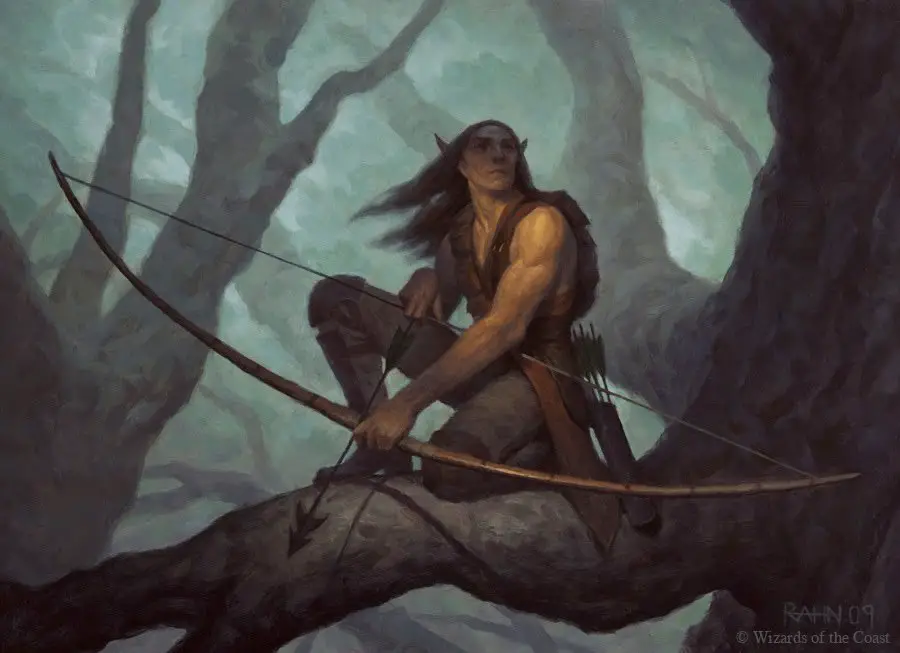
Scout Rogue Features 5e
As I mentioned earlier, the Scout is a type of mixture of the Rogue and Ranger classes in many ways.
These characters are survivalists with keen eyes and quick reflexes. They aren’t scared to move up ahead of the group to check for any signs of trouble.
Rest assured, if anyone has the skills to get back out safely, it’s the Scout!
So let’s take a look at this subclass’s features!
Recommended: Sneak Attack in D&D 5e
Skirmisher (Level 3)
You won’t last long as a Scout if enemies are able to catch you!
But with the Scout’s Skirmisher feature, they’re going to have a hard time doing that. You’re a slippery one, that’s for sure!
You can move up to half your speed as a reaction when an enemy ends its turn within 5 feet of you.
This movement doesn’t provoke opportunity attacks.
Talk about starting things off with a bang!
Not only does this not provoke opportunity attacks, but it can greatly help you get out of a sticky situation if a big bruiser has managed to get in close to you!
To get away safely, you would typically need to use a bonus action so that you could disengage with the Rogue’s Cunning Action feature. Instead, this only takes a reaction for the Scout.
Furthermore, it happens at the end of the enemy’s turn which means they’re going to have a much harder time catching back up to you.
And if they do, you can just do it again!
Especially for a ranged character, being able to quickly back away is incredibly important. Positioning is key to playing a ranged combatant and this feature greatly helps you reliably maintain good vantage points and find cover.
Keep in mind that the enemy doesn’t necessarily even need to attack you for this to trigger! If the enemy went first, ran up next to you, and attacked someone else, you can still get away.
As long as they end their turn within 5 feet of you, you get some free movement with no risk of getting smacked by an opportunity attack!
Skirmisher and Action Economy
As a quick note, you’ll want to keep in mind all of the options that you have for using your reaction in a round.
In many situations, using your reaction with Skirmisher is a great idea. It helps you carve out some distance between yourself and the attacker while giving you a good opportunity to still maintain the best positioning you can.
However, using this feature means that you can’t use your reaction for other things.
For example, you won’t be able to make any opportunity attacks or use the Rogue’s Uncanny Dodge ability until your reaction resets on your next turn.
If you expect that you might still get hit by something big or if the enemy that is triggering your Skirmisher ability has the potential to put out some massive damage, you might be better off using Uncanny Dodge.
You’ll want to quickly read the situation to determine what the best strategic move is!
Recommended: Action Economy in D&D 5e Explained
Survivalist (Level 3)
The wilds might spell certain doom for others, but the Scout is right at home!
You gain proficiency in the Nature and Survival skills if you don’t already have it.
Your proficiency bonus is doubled for any ability check you make that uses either of those proficiencies.
Extra proficiencies are never a bad thing and gaining proficiency in both Nature and Survival means that you should have very little trouble safely navigating the wilds.
But it’s the second part of this feature that is absolutely unhinged.
Why is it so crazy, you ask?
As you level up, you will eventually surpass even the Ranger in using these skills.
At lower levels, this will be giving you a +4 bonus to your ability checks. As you level up, that will eventually turn into a +12 bonus!
You see? Crazy, right?
(Quick note: If someone else in your group is considering playing as a Ranger, it’s probably worth mentioning this in your Session Zero. This will avoid some redundancy in the later levels of your game and prevent someone from feeling like they’ve been replaced.)
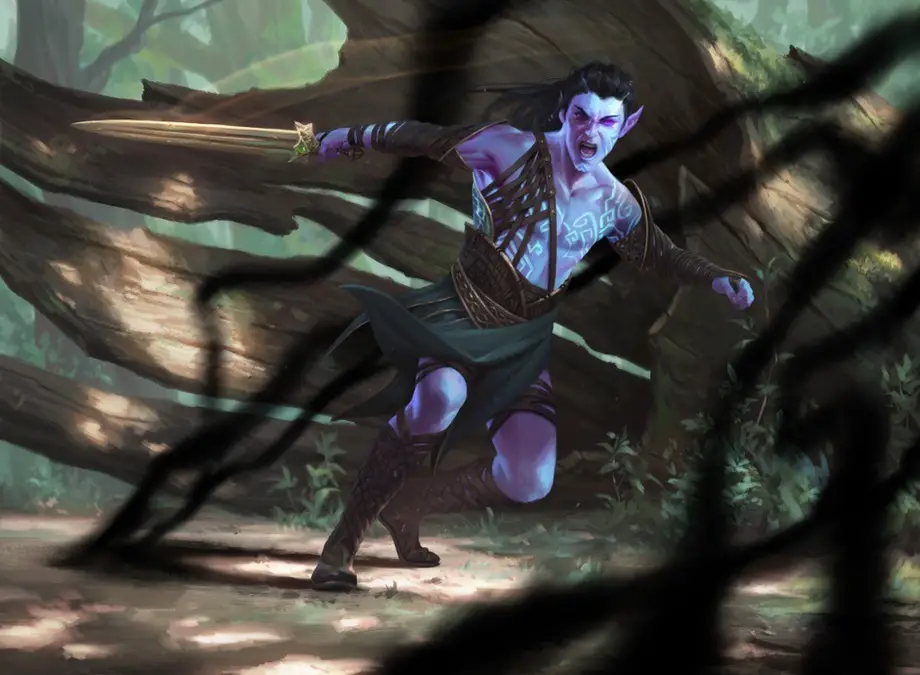
Superior Mobility (Level 9)
Returning to an earlier point that I made about not letting enemies catch you, we’re back to keeping the Scout Rogue quick on their feet.
Your walking speed increases by 10 feet.
If you have a climbing or swimming speed, this increase applies to that as well.
It sounds simple, but this compounds in ways that are absolutely crazy.
For starters, your Skirmisher ability will take you farther. A medium-sized character now has a movement speed of 40 feet, which means your Skirmisher ability will let you move 20 feet when that triggers.
Need to take the Dash action? How does 80 feet of movement sound?
Because you now move faster than most or all of your allies, you’re in a good position to do some reconnaissance as your party travels. You can scout ahead to make sure there’s no danger and quickly make it back to your party to report what you find.
As seemingly small as this feature sounds, it really helps to clearly carve out the Scout Rogue’s role in the party.
But the fun doesn’t stop there!
There are more awesome features on the horizon!
Recommended: Complete Guide to the Rogue in D&D 5e
Ambush Master (Level 13)
Sure Scouts are great at recon and moving quickly, but that doesn’t mean that they aren’t awesome in combat.
After all, when you’re traversing the wilds, you have to know how to strike hard and fast if you want to survive!
You have advantage on initiative rolls.
Additionally, the first creature you hit during the first round of a combat becomes easier for you and others to strike; attack rolls against that target have advantage until the start of your next turn.
On the rare occasion that you aren’t going first in the combat, you’ll certainly be going early. Tagging a high-priority target for your allies to focus their damage on can quickly remove a major threat from the board.
Because your allies are all rolling with advantage against that enemy, it’s possible that that enemy will be dealt with before the end of the first round!
The ideal situation is that you’re able to attack this enemy from a Stealth position. You make that attack with advantage, deal your Sneak Attack damage, and open up plenty of space for your allies to finish them off.
Looking for the biggest threat that can likely be taken out quickly (like a caster, for example) will help you make the most of this ability.
Look to have a clear tactic with your allies so that there’s plenty of follow-through to make the most of your Ambush Master feature!
Sudden Strike (Level 17)
Finally, at level 17 we get the Scout archetype’s capstone ability: Sudden Strike.
This is vicious. I just simply can’t think of any other words to fully describe how much I love this!
If you take the Attack action on your turn, you can make one additional attack as a bonus action.
This attack can benefit from your Sneak Attack even if you have already used it this turn, but you can’t use your Sneak Attack against the same target more than once in a turn.
Sudden Strike allows you to take an additional attack as a bonus action on your turn if you’ve already taken the Attack action.
Even better: both of these attacks can benefit from your Sneak Attack. (Just note that you can’t use the Sneak Attack against the same target more than once in a turn.)
Because you’re almost certainly built as a ranged combatant for this class, you shouldn’t have any problem picking two targets that you can quickly drop.
Look for enemies that are adjacent to your allies and focus on taking them out. If you’re going early in the first round of combat, your Ambush Master feature should make that a piece of cake for your allies.
(It’s possible to get good use out of this if you’re in melee, but both targets would need to be within movement speed distance and adjacent to an ally and yourself. That’s a bit harder to pull off.)
There are some situations where you will still want to use your bonus action to take the Rogue’s Cunning Action to quickly hide or disengage. But, honestly, those situations are probably rare now.
Let’s be real: being able to drop an extra 9d6 damage (or 10d6 at later levels!) is pretty hard to pass up!
If your party is fighting a boss and their minions, you’ll likely want to look at splitting your attacks to put out the most damage. Take a shot at the boss and deal your Sneak Attack damage on a hit. Now use your Sudden Strike to fire at one of the minions that’s next to another ally.
It’s very likely that you’ll be able to deal consistent damage to the bad guy while also removing minions from the board each turn. (Or at least making it easier for your allies to clean up!)
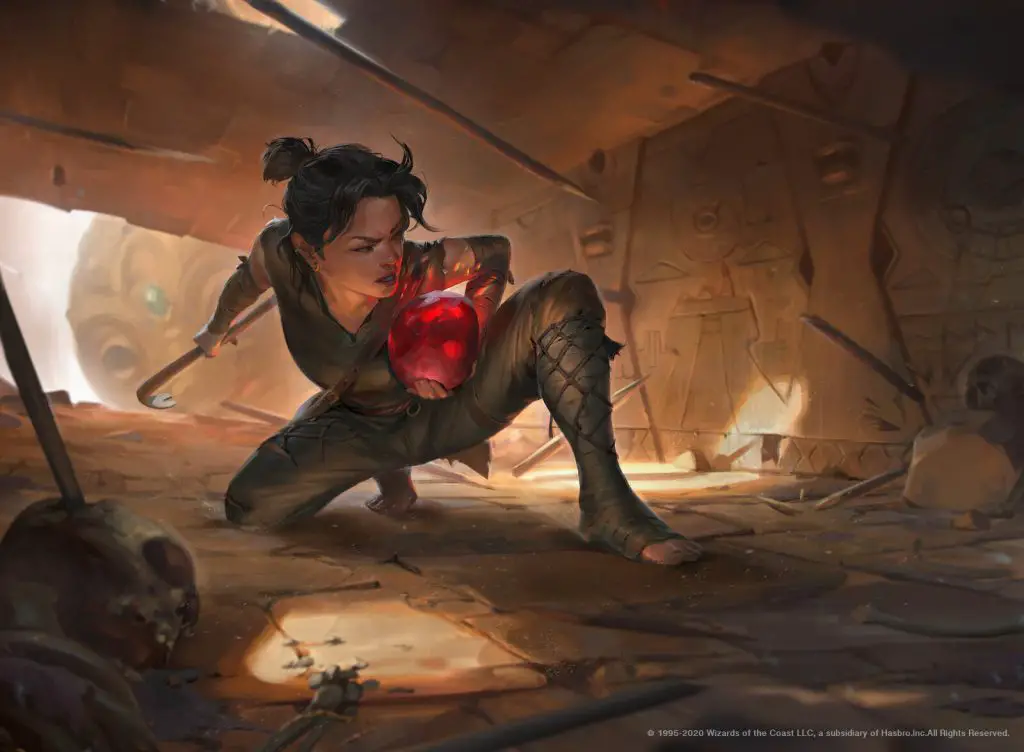
Connections
The Scout is a subclass whose mechanics strongly incline it towards playing a specific way. However, how that character experiences the world is open to a very wide variety of interpretations.
There are possibly more openings for tying a Scout into the world than any other Rogue archetype! There’s a clearly defined “canvas” to paint on, but how you color it is left wide open for you to decide.
The Scout clearly spends enough time in nature to get bonuses on Nature and Survival checks. Your character might be a hunter.
They clearly rely on tactics and communication in their role as scouts. Perhaps your character has a military background and served in a scouting unit.
It’s also very possible that the Scout is an experienced dungeon delver. After all, Nature and Survival skills aren’t only for when you’re in the woods. There are plenty of dangers in abandoned dungeons that the Scout’s knowledge can help handle!
What about a bounty hunter or spy? After all, this class is good at getting into places undetected, dealing a ton of damage, and getting out!
Unlike some other classes that follow clear tropes, the only limit here is your imagination!
Is the Scout Rogue Good in D&D 5e?
The Scout Rogue subclass is a very mobile class. It can also be played in an aggressive way, such as ambushing enemies from a distance or using stealth to get close without being detected.
This type of playstyle may not be for everyone – especially if you’re more interested in getting up close with your opponents than shooting them from afar.
But the Scout is most certainly a great addition to most parties. Its playstyle is mechanically straightforward but frees you up to focus on combat strategies with your team.
Just keep in mind that your role in the party will evolve as you gain levels.
In the early game, you offer a great deal of utility when it comes to traversing the wilds. Mid-game is when you start seeing some major bonuses for combat and the high levels are where you become insanely powerful in combat.
If you’re looking for something different that opens a ton of strategic options for your party, the Scout is a fantastic choice.
I could certainly see this class in adventures where there’s a ton to explore and lots of environmental dangers to overcome. Something like the Tomb of Annihilation adventure is perfect for Scouts! (You could even channel a bit of Indiana Jones in that kind of setting with this subclass if you are so inclined!)
Related: Ranking Every Rogue Subclass in D&D 5e
Conclusion – The Scout Rogue Subclass in D&D 5e
So that wraps up this guide to the Scout in D&D 5e.
It’s definitely something to consider for anyone who is looking to play a ranged combat character.
In groups that favor taking a strategic approach to their D&D game, the Scout can quickly become the foundation for a good combat strategy.
In groups that aren’t particularly strategic, the Scout still offers a ton of opportunities for exploration. They’ll very likely be able to spy on enemies and possibly learn some new plot hooks that would have otherwise gone unnoticed!
I hope you’ve found this guide helpful!
Got questions or want to share your own experience and character ideas? Let’s chat in the comments!

